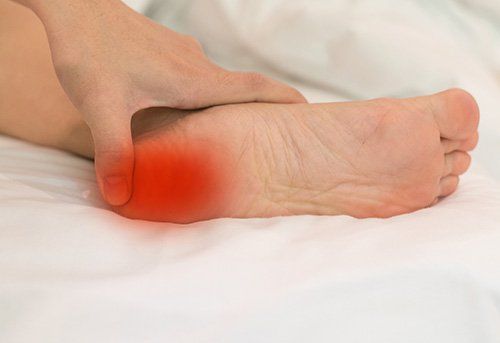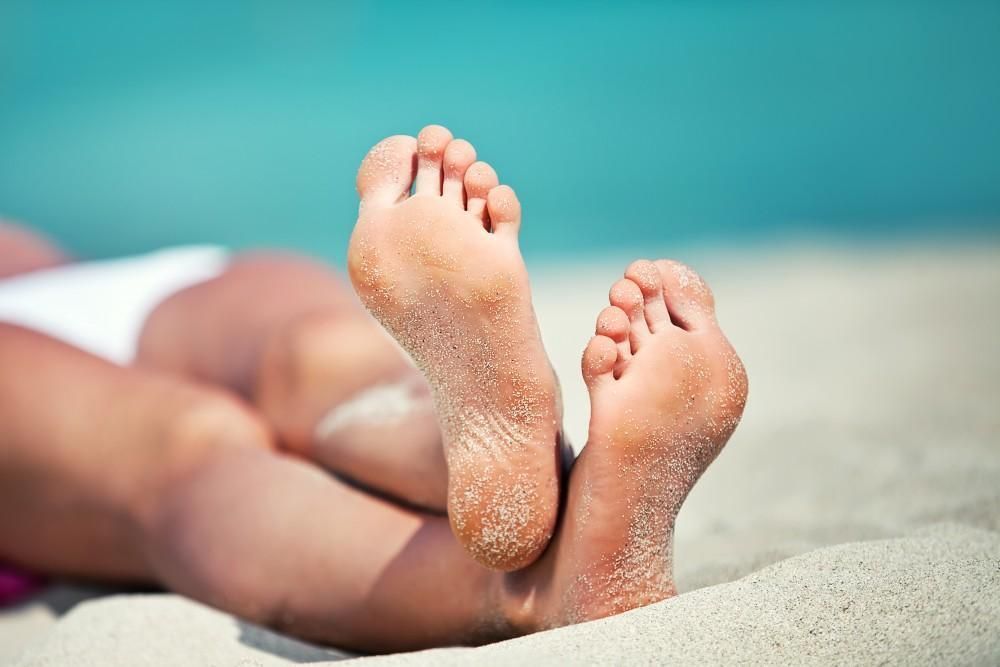My Aching Heel!!!
Do you often get out of bed and feel an excruciating pain in the bottom of your heel? Does it get somewhat better after you've taken a few steps? After prolonged periods of rest the pain will typically subside and then when you take that first step it happens all over again? If you answer yes to these questions you may in fact have a condition called plantar fasciitis.
Plantar fasciitis is an injury of the plantar fascial ligament that originates on the bottom surface of your heel bone. Symptoms are pretty specific with this condition. That is, one typically complains of pain after taking the first step. Sometimes this pain gets better as we "walk it out" but often it does not. As the condition progresses, most people begin to alter the way they walk.
How is it Diagnosed?
Plantar fasciitis is diagnosed clinically by physical examination of the plantar fascial ligament. We often utilize plain film xrays to make sure that you do not have any bony issue going on such as a stress fracture or "bone spur". We also utilize diagnostic ultrasound to look at the integrity of the plantar fascial ligament. We can evaluate the thickness of the ligament in addition to determining whether or not it is torn.
How Do We Treat Plantar Fasciitis?
What If My Self Treatment Does Not Work?
If after stretching, changing shoes, wearing a good insole and trying an oral anti-inflammatory you still have symptoms, a possible steroid injection may be administered followed by a functional plantar fascial taping. Surgery is rarely indicated for this condition.
Pensacola Podiatry, PA Blog



